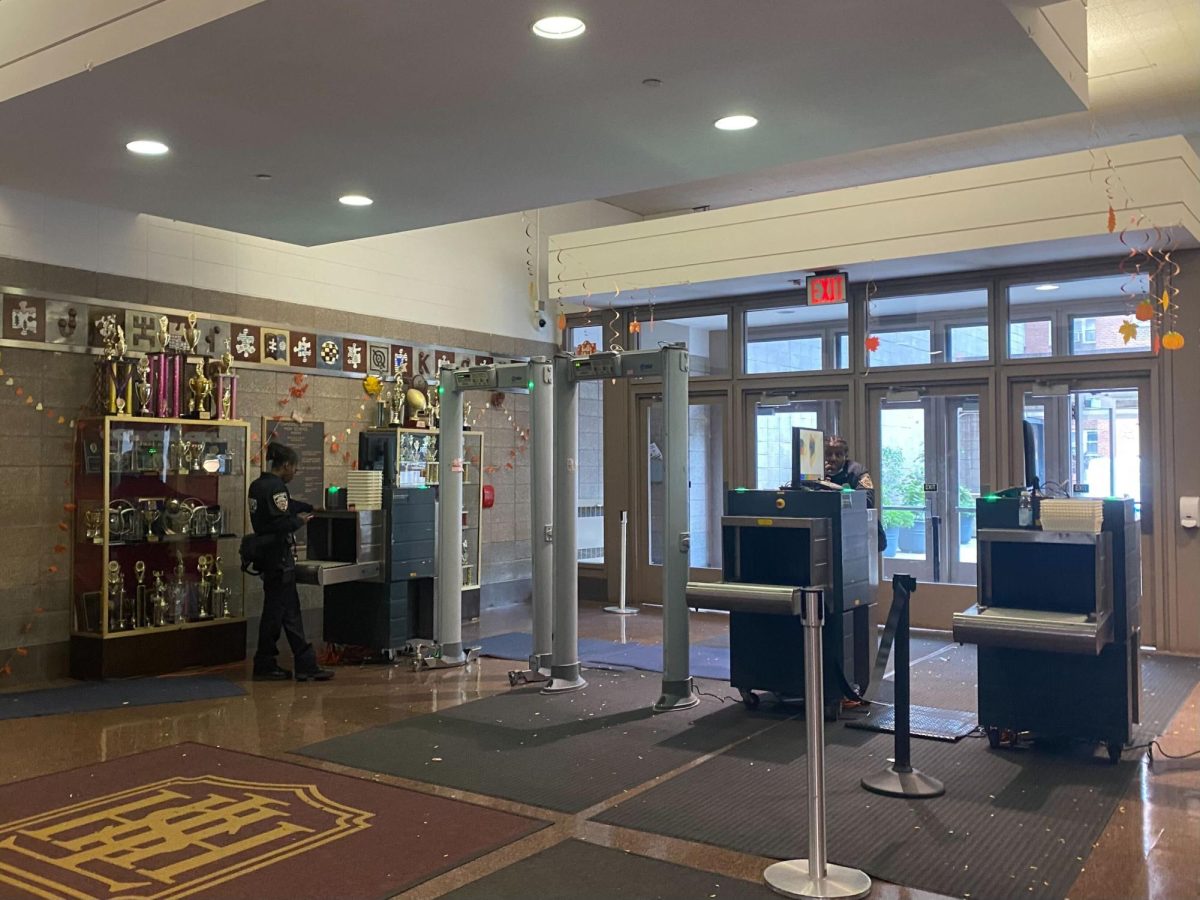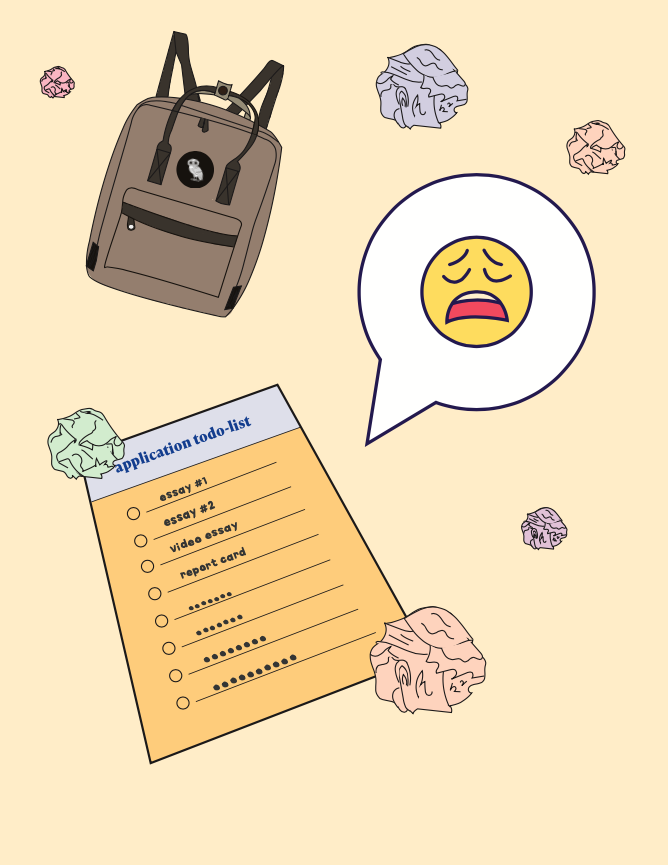
TOWNSEND HARRIS High School’s athletes deserve much praise: they balance academics and sports, they honor our school with their sportsmanship and performance, all while forging close bonds with teammates and coaches. So why do they have to travel in often overcrowded and unsafe vans?
THHS has two vans, primarily used by teams to transport athletes to and from sports events. Other schools rely almost entirely on public transportation or paying heavy fees for other transportation, making these vans luxuries. Nonetheless, the benefits do not outweigh the potential costs here.
It is no secret that some teams cram more students into the vans than is allowed by law. Stories of students lying on top of one another or sitting on the floor are passed around a little too frequently for comfort. Oftentimes, safety laws regarding the use of seatbelts are completely unheeded. Simply put, the vans, regardless of how many people use them, are dangerous. But we cannot point an accusing finger solely at the athletes or their coaches for this. The administration must closely monitor the situation surrounding van use.
The school vans are immense legal liabilities for the school and pose unnecessary risks to student safety. We understand that the van is a privilege and that getting to games is a hardship, but the dangers are too great to ignore. The van is frequently overcrowded, and without easy availability to seat belts, the risk of student injury in transit greatly increases. Even fitting the legally-allowed 14 passengers in the van is difficult when teams must also transport bulky equipment to and from sporting events, so how are students supposed to be protected when many more are crammed into the vehicle? In 2008, two members of Stuyvesant High School’s track team were seriously injured in a crash involving a rental van carrying eight passengers, all of whom were wearing seat belts. One student was paralyzed. If these students were hurt in an accident where seat belts were used, the risk factor for students sitting on each others’ laps in an overpacked van without seat belts must be greater.
The van provides a great service, offering free transportation to and from the school for athletes who are often already burdened with equipment and uniform costs. We ought to be grateful for that. However, the van is only beneficial to students when it is used properly, not when students are packed in tightly and haphazardly.
The school vans do not necessarily need an overhaul, but the policies surrounding them do. Coaches and administrators must work together to more strictly enforce limits on the number of students in the van and provide adequate time for other team members to take public transportation. The school has been playing with chance for too long. We should not have to wait for a tragedy in order to be prompted to change the policy. We are aware of the problem; now is the time to fx it before it is too late.
































